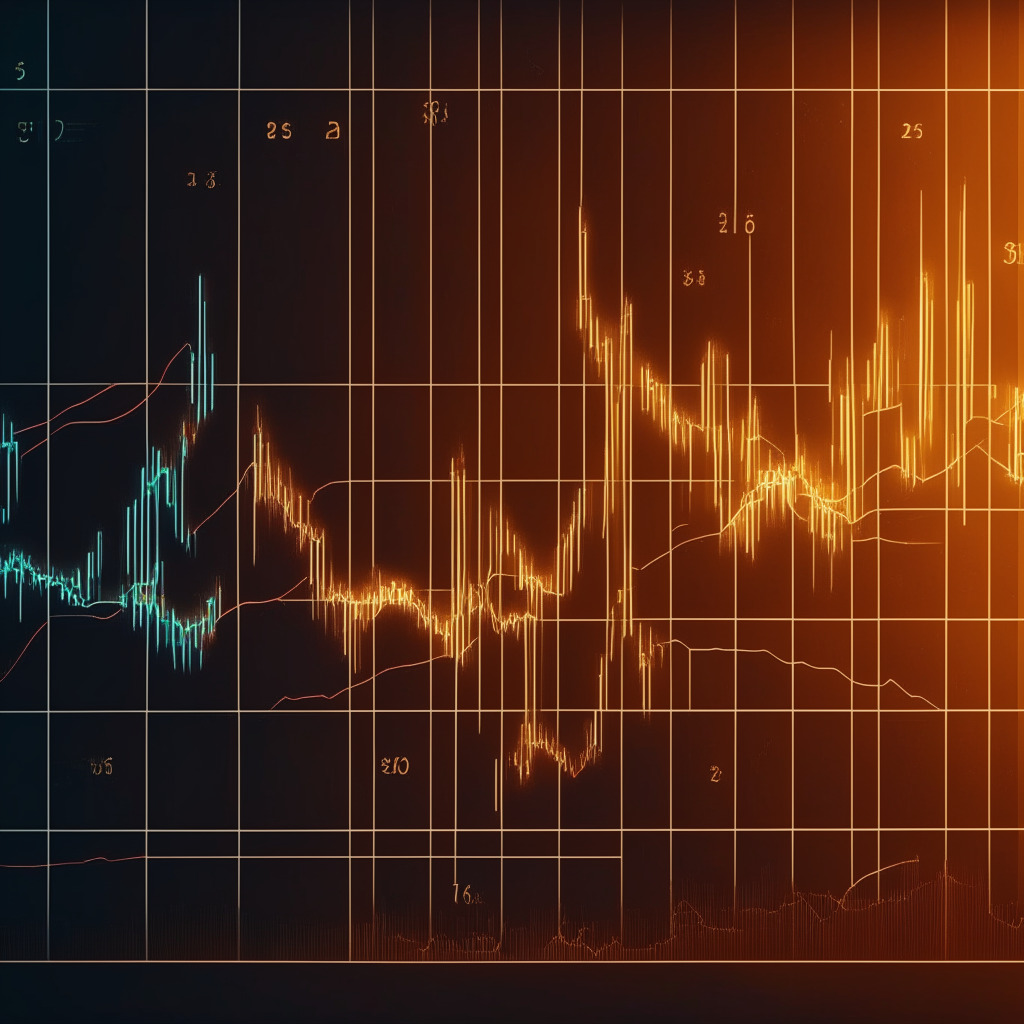Maker (MKR), a pivotal player in the decentralized finance (DeFi) landscape, sprang to life last Friday with a sprint towards its one-year high of $1,200. The catalyst? The introduction of a token buyback initiative. A leap of 28% in its price over the week painted a stark contrast to the 4.6% slump seen by the CoinDesk Market Index.
The Maker protocol initiated a ‘Smart Burn Engine’, designed to allocate surplus DAI stablecoins to buyback MKR from a UniSwap pool. The activation of this mechanism emerged subsequent to the building of the surplus buffer beyond $50 million. While the impact may be small, with the buyback set to reduce only 0.7% of the supply per month at current prices, the psychological ripple effect can be larger.
Over the past day, the protocol reclaimed approximately $230,000 of MKR, according to Etherscan data. Barring any unforeseen circumstances, the projections for the next month are slated at $7 million in buybacks. The total market capitalization stands at nearly $1 billion, but the influencing factor will be the shrinking supply of MKR tokens.
Of course, the burning question here pertains to the sustainability and scalability of this initiate. A crucial point to consider is that Maker isn’t just an ordinary DeFi lender. It’s one of the largest and oldest, with a governance system based on the decentralized autonomous organization (DAO) structure.
Furthermore, the protocol has increasingly started deploying its reserve assets for investment in conventional vehicles such as bank loans and government bonds. This diversification adds revenue streams, fortifying the stability of Maker’s operations. And let’s not forget, Maker equally commands the equally impactful $4.6 billion DAI stablecoin.
Yet, in spite of all its potential benefits, one glaring hitch stands out. What happens to the protocol’s course with the planned transformation of Maker, including the planned upgrade of the MKR tokens and restructuring into smaller, independent entities known as SubDAOs?
The deviation from its unified structure could affect the control, decision-making and possibly even the sustainability of the buyback scheme. Hence, while the recent gains are undoubtedly promising, investors must carefully scrutinize these developments to ensure they are aware of the potential impacts.
Source: Coindesk




